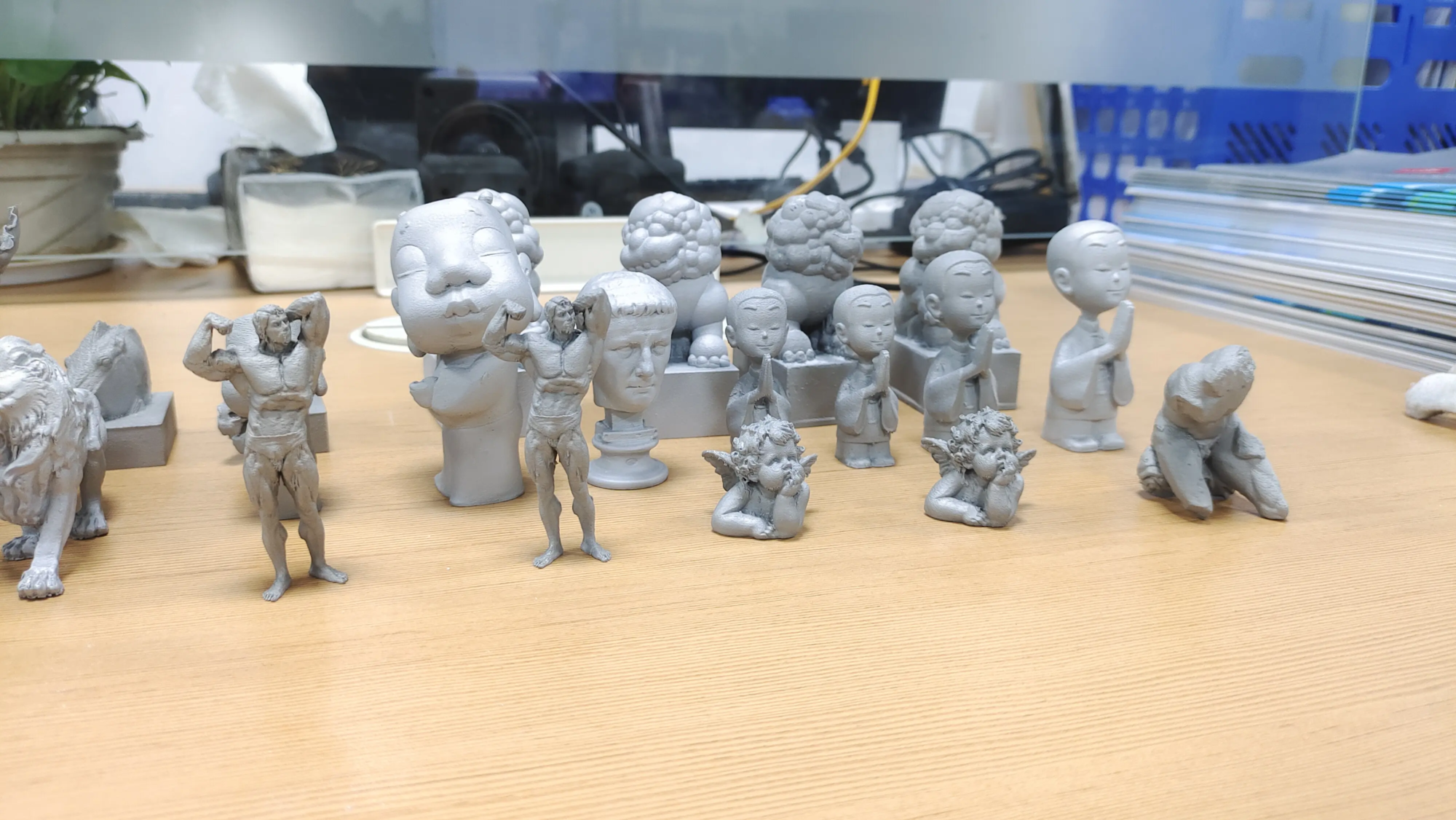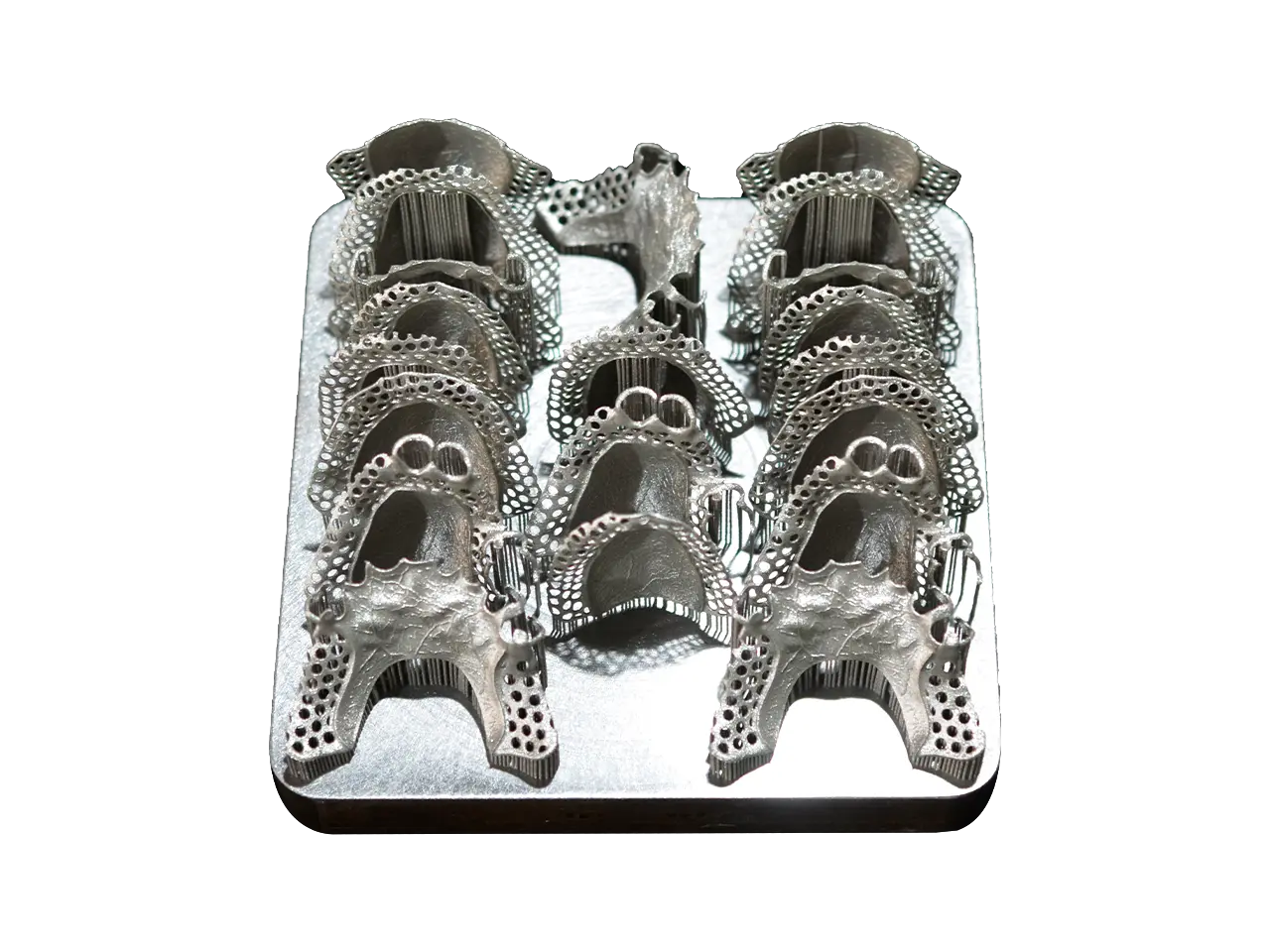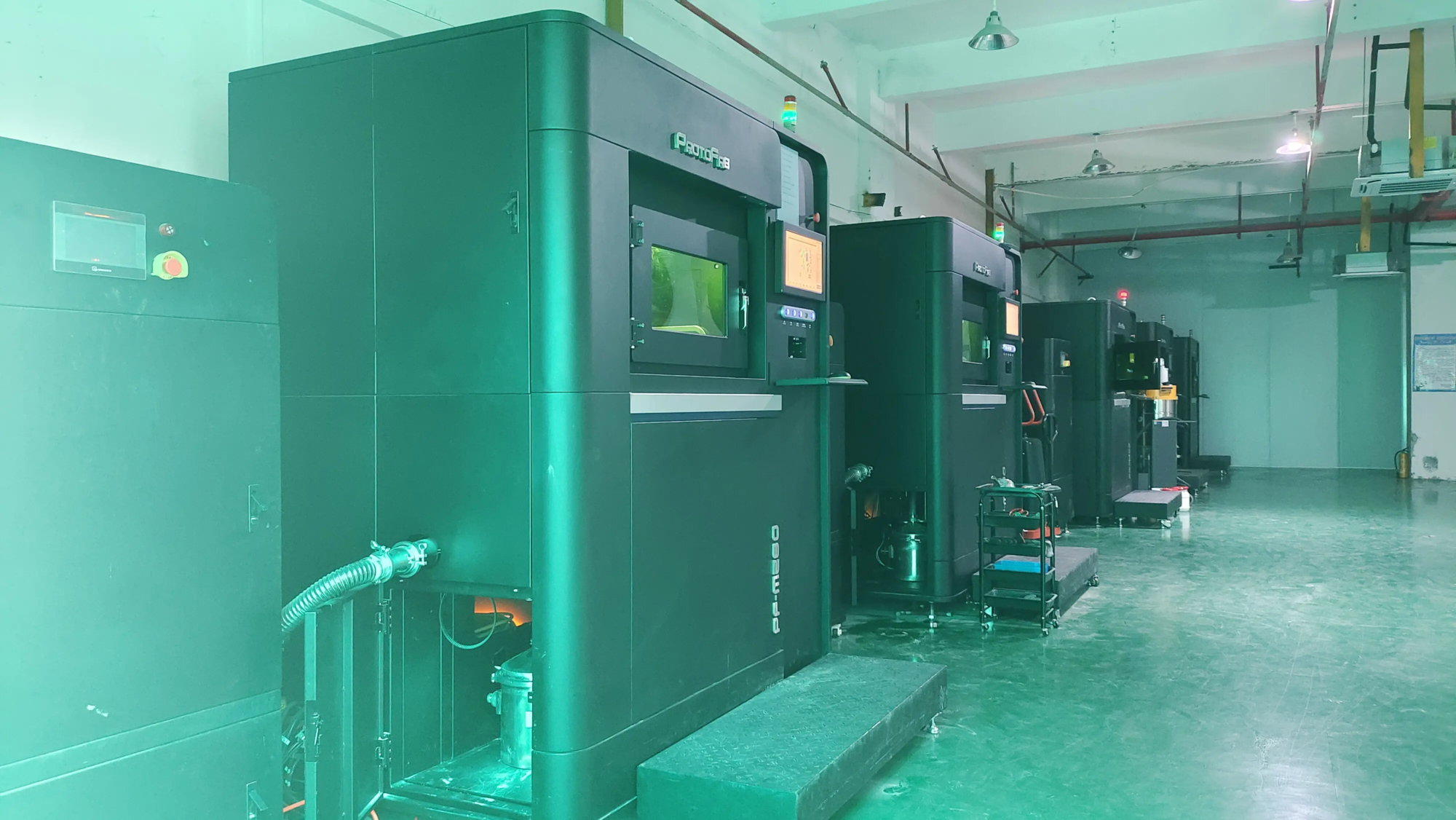The interesting world of 3D printing dildo: disassembly feasibility and critical safety considerations
The convergence of additive manufacturing and private products has sparked curiosity and innovation, leading many to propose: Can you really 3D print a safe, functional dildo? As a pro at rapid prototyping, I’ve seen huge Potential 3D printing for customization of health products. But, from "Technically speaking" arrive "Physical safety and reliability" Depends on deep technical expertise, rigorous materials science and rigorous post-processing – essential professional services are essential here.
Feasibility: Yes, but complexity requires expertise
At purely technical level, 3D printed dildo shape is simple. picture Stereo-Lithography (SLA) and Selective laser sintering (SLS) Expert in generating highly detailed complex geometric shapes from digital models. This allows for unprecedented personalization:
- High quantification: Tailored sizes, curves, textures and ergonomics to exact anatomical or aesthetic preferences – impossible through mass production.
- Quick iteration: Prototyping can be quickly designed for feedback or suitable for testing before committing to the final production tool.
- Complex internal structure: Design lattices or guide interior decorations to achieve unique features (such as integrated warming elements*).
However, the key difference is the purpose:
Printed parts on fresh machines are almost no way Suitable for direct intimate contact. It’s a prototype for visualization/design verification, or crucially Main mode Used to create food grade silicone molds. Casting medical grade silicones into these molds produces the ultimate body-safe product.
Feasibility Challenge: Direct printing of the final functional parts requires the most important problem: achieving a truly non-porous, biocompatible and elastic surface suitable for body contact – which is where the next section is crucial.
Security: Unnegotiable barriers (and how professional manufacturing can be cleared)
Security is not a feature; it is an absolute prerequisite. Common pitfalls for amateurs or pitfalls that improperly perform 3D printing for intimate projects include:
- Micropores and bacterial ports: Most layer lines, powder residues (in SLS) and inherent microscopic pores "Born" 3D printed plastic traps moisture and bacteria. This creates a breeding ground for infection. Sandpaper or DIY smoothing is totally insufficient.
- Substance toxicity: Most standard 3D printing resins and powders contain unfixed monomers, photogenerators or plasticizers Toxic or irritant When in contact with the mucosa for a long time. "Skin safety" ≠ "Internal/body safety."
- Mechanical failure: Optimized material selection or poor printing parameters can lead to drowsiness, layer separation or accidental rupture during use – severe hazards.
- Chemical leaching and stability: Will material leaching chemicals over time, especially when exposed to body fluids, lubricants or detergents? Only specific certification materials are stable.
Professional prototypes reduce these risks:
- True biocompatible materials: Leading service usage Certified biocompatible resins (e.g. USP VI, ISO 10993) or Medical grade nylon Proven specifically for prolonged skin/mucosal contact.
- Advanced post-treatment for impermeable water:
- High precision smoothing: Techniques such as vapor smoothing (for thermoplastics), chemical polishing (for resins), or multi-stage mechanical polishing eliminate microscopic layer lines and pores, thus achieving a nearly seamless surface.
- Medical Grade Coating/Infiltrating: Apply specialized biocompatible sealants or epoxy resins on internally sealed porous structures such as SLS nylon.
- Strict cleaning and curing: Ensure that any manufacturing residues (unauthorized monomers, powders) are completely removed and that the complete material curing is achieved for stability. UV curing ovens and specialized washing cycles are crucial.
- Verification and testing: Reputable manufacturers use standard verification processes such as ISO 10993 to achieve biocompatibility or conduct internal testing for wettability and surface integrity.
In essence, security is achieved by: Material Certification + Advanced Print Control + Industrial Grade Sealing/Smoothing + Verified Cleaning = True Body Safety Equipment.
Using professional prototypes: Greatlight excrips
Although DIY printing poses a significant risk, working with experienced rapid prototyping manufacturers changes the feasibility equation:
- Obtain body safety materials: We procure and process certified biocompatible thermoplastics (such as Medical SLS nylon 12) and resins to ensure regulatory material compliance.
- Industrial-grade ground engineering: Our advanced post-processing facilities provide an extremely smooth, non-hole finish for private products. Trust me, the difference under the microscope is shocking.
- Manufacturing Design (DFM) Support: Our engineers direct customers to design, maximizing aesthetic appeal and inherent security/easy to post-processing – avoiding early pitfalls.
- Speed and scalability: Seamless transition from prototypes to small volume production tools or mold creation without sacrificing quality.
- Completed: Apart from smoothing, we offer painting (with certified paint), plating, assembly and strict QC, a truly one-stop solution.
At Greatlight, our expertise is to address the complex intersection of precision engineering, materials science and strict safety requirements. We don’t just print parts; we deliver Engineering Solutions Meet the highest standards, especially for sensitive applications.
Conclusion: Potential through strict realization
3D printing has the potential to transform personalize private products such as dildos, thus giving previously unimaginable designs that have been unthinkable. However, the feasibility of the technology is inseparable from uncompromising safety standards. The raw output of a daily printer is dangerous for direct physical contact. Achieving true safety needs, specialized biocompatible materials and exquisite industrial-grade post-treatment can be used to create water-impermeable, inert and durable surfaces.
Here, professional rapid prototyping services become not only valuable, but essential. The gap between high-strength metal components leverages advanced 3D printing technologies such as Industrial SLA, SLS and our professional, SLM, is rigorous material selection and state-of-the-art finishes such as Greatlight Bridge Bridge Bridge Bridge Bridge Bridge Bridge Bride Innovative Design Design and a safe, reliable end-use. If you are exploring this boundary, prioritize working with experts who are critical to understanding accuracy and security.
FAQ: 3D printed dildo
Q1: Is it safe to use something printed on my home FDM or resin printer as a dildo?
A: Absolutely not. Household printers use non-medical grade plastics/resin. They exhibit microscopic pores that capture bacteria and contain potentially toxic chemicals. The surface is smooth (sanded, polished) not enough to make them inward or in contact with the mucosa.
Q2: What materials are considered as the safety of 3D printed sex toys?
one: Professionally processed only Certified Biocompatibility The material is safe. This includes specific medical grade silicones (although usually molded and not printed), biocompatible resins (hard or flexible) and after dense smoothing and sealing of non-porosity, such as PA12 (SLS), such as PA12 (SLS). Certification (e.g. USP VI, ISO 10993) It’s the key. Standard PLA, ABS or uncertified resins are not safe.
Q3: Can I print the mold? Is this safer?
A: Yes, this is the most common and recommended professional approach. Highly polished 3D printed rigid main pattern (prototype) is used to create molds. Medical grade body-safe silicone is then applied to the mold to produce the final toy. This takes advantage of the customization benefits of 3D printing while ensuring safety with established, certified silicone materials.
Question 4: How to make 3D printing for professional services and body safety?
one: It requires a multi-step process: 1) Certified Biocompatible raw materials. 2) Optimize printing to minimize porosity. 3) Strengthen surface finishing (vapor smooth, precise mechanical polishing, chemical bath) to eliminate pores and layered lines. 4) Apply biocompatible sealants or coatings that comply with FDA to porous materials. 5) Strictly clean and fix to remove all residues. The DIY method lacks this capability.
Q5: Why use 3D printing as a dildo and traditional manufacturing industry?
one: The main advantages are Unrivaled customization and prototype speed. Custom shapes, sizes, textures or integration features can be digitally designed and prototyped in a few days rather than weeks/months. For complex, custom designs or niches, it allows for cost-effective small runs or mold creation, while traditional tools are not feasible.
Question 6: Can Greatlight print the final available product?
one: We specialize in producing Ultra-high precision main patterns and prototypes For silicone molding. Due to critical safety requirements Use directly Items, we strongly recommend that final functional products be manufactured through certified silicone molding according to our professionally completed model to ensure regulatory compliance and safety. We offer a basic prototyping and tooling foundation with comprehensive post-processing capabilities that bring safe, innovative custom designs to an effective life. Let us design your vision responsibly.





